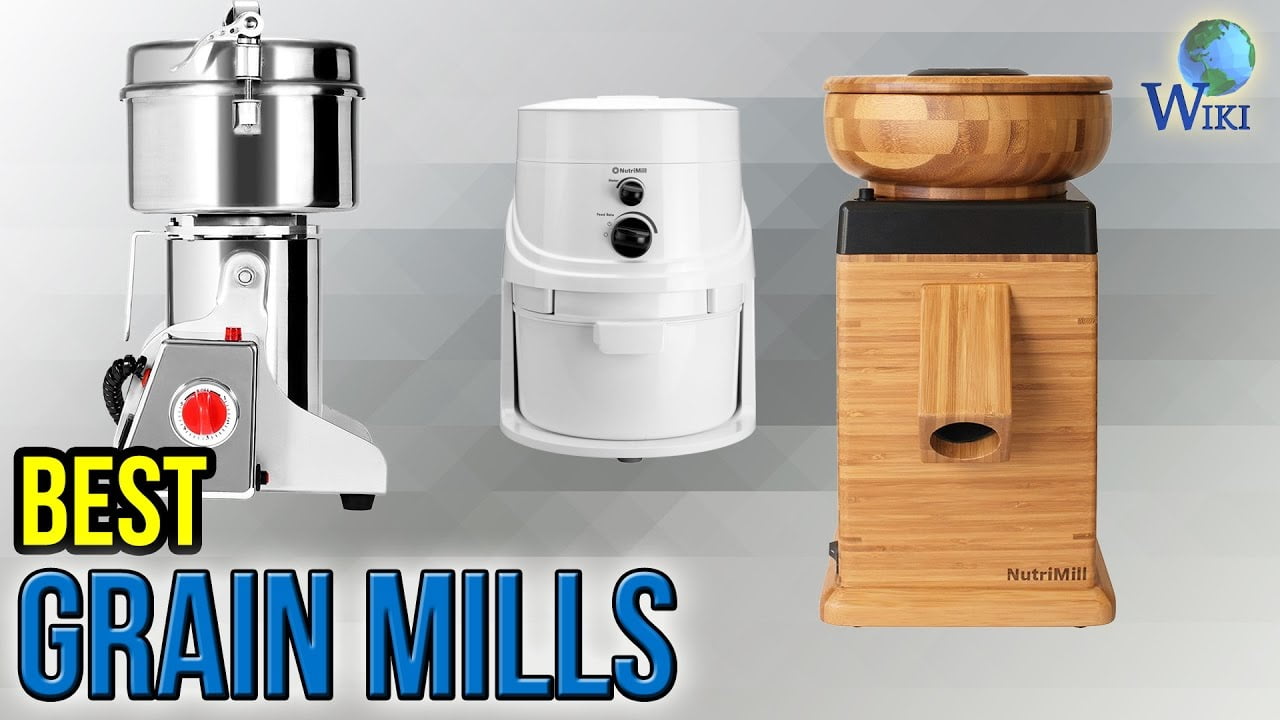
A grain mill grinder is a device used to grind grains into flour or meal. It can be used for everyday use by people who want to make their own fresh and nutritious flour at home.
Grain mill grinder come in different types, including manual and electric models. Manual grain mills require physical effort to turn a handle, while electric models are powered by electricity and require minimal effort to operate.
The main advantage of using a grain mill for everyday use is that it allows you to control the quality and freshness of your flour. Freshly ground flour is more nutritious and flavorful than store-bought flour, which has often been processed and bleached. Additionally, using a grain mill can save you money in the long run, as you can buy grains in bulk and grind them as needed.
Grain mills can grind a variety of grains, including wheat, corn, rice, oats, and barley. Some models can also grind nuts and seeds, making them versatile tools for home cooks and bakers.
Overall, a grain mill can be a useful and practical addition to a kitchen for anyone who wants to make their own fresh and nutritious flour at home.
Why do you need a grain mill in your kitchen?
There are several reasons why you might want to consider having a grain mill in your kitchen:
- Freshness and quality: Grinding your own grains ensures that you have the freshest flour possible. Store-bought flour can be several months old and may have lost some of its nutritional value and flavor. Freshly ground flour also contains all parts of the grain, including the bran and germ, which are often removed during commercial processing.
- Nutritional value: Freshly ground flour retains more of the grain’s nutrients, including vitamins, minerals, and fiber. This can contribute to a healthier diet and better overall health.
- Cost savings: Buying grains in bulk and grinding them yourself can be more cost-effective than buying pre-packaged flour. It also allows you to buy only what you need, reducing waste.
- Versatility: A grain mill can grind a variety of grains and even nuts and seeds, allowing you to experiment with different types of flours and add variety to your baking and cooking.
- Control: Grinding your own grains gives you more control over the texture and fineness of the flour. This can be especially useful for recipes that require specific types of flour or for people with dietary restrictions or allergies.
Overall, a grain mill can be a valuable tool for anyone who wants to have more control over the quality and freshness of the ingredients they use in their cooking and baking.
Which kind of flour can you use in a grain mill grinder?
A grain mill grinder can be used to grind a wide variety of grains into flour. Some of the most common grains used for flour include:
- Wheat: This is the most commonly used grain for making flour. It is high in gluten, which gives bread dough its elasticity and structure.
- Corn: Cornmeal can be used to make a variety of baked goods, including cornbread and tortillas.
- Rice: Rice flour is often used in gluten-free baking as a substitute for wheat flour.
- Oats: Oat flour can be used in a variety of baked goods, including bread, muffins, and pancakes.
- Barley: Barley flour is often used in bread making and can add a nutty flavor to baked goods.
- Rye: Rye flour is commonly used in bread making, particularly for traditional breads like pumpernickel.
- Spelt: Spelt flour is a good alternative to wheat flour for those with gluten sensitivities and can be used in a variety of baked goods.
It’s important to note that different grains have different properties and may require different milling settings to achieve the desired consistency of flour. Some grains may also contain more oil than others, which can affect the shelf life of the flour. It’s always a good idea to read the manufacturer’s instructions for your specific grain mill and experiment with different grains and settings to find the best results.
Basic Grain Grinder Facts
Here are some basic facts about grain grinders:
- Types: Grain grinders come in different types, including manual and electric models. Manual grain grinders require physical effort to turn a handle, while electric models are powered by electricity and require minimal effort to operate.
- Materials: Grain grinders are typically made of stainless steel or ceramic materials, which are durable and can withstand heavy use. The grinding stones or plates are usually made of a hard material, such as corundum, to ensure efficient and consistent grinding.
- Capacity: Grain grinders can vary in capacity, from small models that can grind a few cups of flour at a time to larger models that can grind several pounds of grains at once. The capacity of the grain grinder you choose will depend on your needs and how much flour you plan to make at a time.
- Grinding speed: Electric grain grinders are generally faster than manual grinders, but grinding speed can also depend on the type of grain and the fineness of the grind you are aiming for.
- Maintenance: Grain grinders require regular cleaning to prevent the buildup of flour and other debris, which can affect the quality of the flour and damage the grinder. Most models can be disassembled for easy cleaning.
- Safety: When using a grain grinder, it is important to follow the manufacturer’s instructions and take appropriate safety precautions. This may include wearing gloves or eye protection, keeping hands and clothing away from the grinding mechanism, and ensuring that the grinder is securely fastened to a stable surface.
Overall, a grain grinder can be a useful tool for home cooks and bakers who want to have more control over the quality and freshness of the flour they use in their recipes.
What is the best manual grain grinder for a power outage?
When it comes to choosing the best manual grain grinder for a power outage, there are a few factors to consider, including durability, grinding ability, and ease of use. Here are some of the best options on the market:
- Country Living Hand Grain Mill: This high-quality manual grain grinder is built to last and can grind a variety of grains, including wheat, corn, and beans. It features a large hopper for easy filling and an ergonomic handle for comfortable grinding. The Country Living Hand Grain Mill is also easy to clean and maintain.
- Wonder Junior Deluxe Hand Grain Mill: The Wonder Junior Deluxe is a versatile manual grain grinder that can grind a variety of grains, including wheat, corn, and rice, as well as nuts and seeds. It is easy to use and features a patented dual clamp system to secure the grinder to any countertop or table. The Wonder Junior Deluxe also comes with a limited lifetime warranty.
- Victoria Cast Iron Manual Grain Mill: This manual grain grinder is made of durable cast iron and can grind a variety of grains, including wheat, corn, and oats. It is easy to use and features an adjustable grinding mechanism to control the fineness of the grind. The Victoria Cast Iron Manual Grain Mill is also easy to clean and maintain.
Overall, any of these manual grain grinders would be a good choice for a power outage, as they are all durable, efficient, and easy to use. It’s important to choose a grinder that can handle the types of grains you plan to grind and that is easy to clean and maintain to ensure its longevity.
What is the best grain mill for everyday use?
When it comes to choosing the best grain mill for everyday use, there are several factors to consider, including grinding speed, capacity, durability, and ease of use. Here are some of the best options on the market:
- NutriMill Classic High-Speed Grain Mill: This electric grain mill is fast, efficient, and can grind up to 20 cups of flour at a time. It features a powerful motor and a stainless steel milling chamber for optimal grinding performance. The NutriMill Classic is also easy to clean and maintain.
- Mockmill 100 Stone Grain Mill: This electric grain mill features a high-quality ceramic grinding mechanism and can grind up to 100 grams of grains per minute. It is quiet, efficient, and versatile, capable of grinding a variety of grains and even legumes. The Mockmill 100 is also compact and easy to store.
- KoMo Classic Electric Grain Mill: The KoMo Classic is a high-end electric grain mill that features a powerful motor and durable construction. It can grind up to 7 ounces of grains per minute and has a large hopper capacity. The KoMo Classic also features an attractive design and is easy to clean and maintain.
Overall, any of these grain mills would be a good choice for everyday use, as they are all efficient, durable, and easy to use. It’s important to choose a mill that can handle the types of grains you plan to grind and that is easy to clean and maintain to ensure its longevity.
Which grain mill is best for you and your circumstances?
The best grain mill for you and your circumstances will depend on several factors, including your specific needs, preferences, and budget. Here are some things to consider when choosing a grain mill:
- Purpose: What do you plan to use the grain mill for? Are you looking to grind small amounts of flour for occasional baking or do you need to grind large quantities of grains regularly for a specific purpose, such as making your own bread? Consider the capacity and speed of the grain mill to ensure it meets your needs.
- Power source: Do you prefer an electric or manual grain mill? Manual grain mills are often less expensive and can be useful during power outages or in situations where electricity is not available, but they require more effort and time to operate. Electric grain mills are generally faster and more efficient, but they require a power source.
- Budget: Grain mills can range in price from around $50 for a basic manual mill to over $1,000 for a high-end electric mill. Determine your budget and look for a grain mill that fits within your price range while still meeting your needs.
- Ease of use and maintenance: Look for a grain mill that is easy to operate and clean. Consider the size and weight of the mill and whether it is easy to disassemble for cleaning. Also, consider the durability of the mill and whether replacement parts are readily available.
Based on these factors, it’s important to do some research and compare different grain mills before making a decision. You may also want to read reviews and ask for recommendations from others who have used the mills you are considering.
A Grain Mill is a Good Investment
Investing in a grain mill can be a wise decision for several reasons. Not only does it provide you with freshly ground flour and other grains for baking and cooking, but it can also save you money in the long run by allowing you to buy grains in bulk and grind them yourself. Additionally, having a grain mill on hand can be useful in emergency situations or power outages when you may not have access to store-bought flour.
There are several factors to consider when choosing a grain mill, including capacity, speed, power source, ease of use and maintenance, and budget. Whether you opt for a manual or electric grain mill, it’s important to choose one that meets your specific needs and preferences.
In conclusion, a grain mill is a good investment for anyone who enjoys baking or cooking with grains, wants to save money on flour, or wants to be prepared for emergency situations. By carefully considering your options and choosing the right grain mill for your circumstances, you can enjoy the many benefits of freshly ground grains for years to come.
Related Posts
Why Trust Us
You will find what you are looking for at Jody's Bakery. From classic to luxury brands, you'll find both. We will help you to select appliances that fit your needs, budget and lifestyle. Whether you want to stop by to learn more — or plan to make a major purchase — we’ll treat you like family and assist you every step of the way. Shop with us today to receive friendly and experienced help along the way.












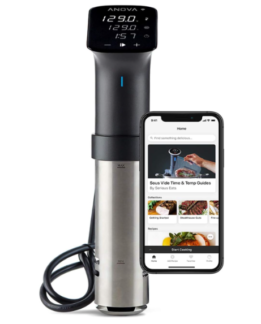
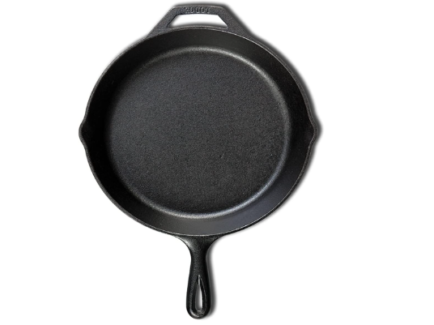
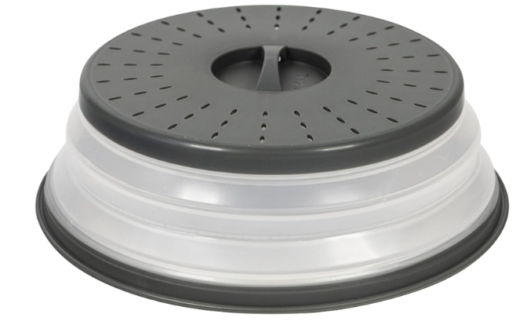
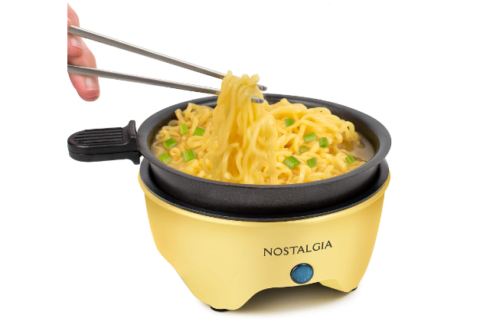
… [Trackback]
[…] Read More here to that Topic: jodysbakery.com/how-to-choose-the-best-grain-mill-for-everyday-use/ […]
… [Trackback]
[…] There you will find 86907 additional Information on that Topic: jodysbakery.com/how-to-choose-the-best-grain-mill-for-everyday-use/ […]
… [Trackback]
[…] Find More Info here on that Topic: jodysbakery.com/how-to-choose-the-best-grain-mill-for-everyday-use/ […]
… [Trackback]
[…] Here you can find 4233 more Information to that Topic: jodysbakery.com/how-to-choose-the-best-grain-mill-for-everyday-use/ […]
… [Trackback]
[…] There you will find 13431 more Information on that Topic: jodysbakery.com/how-to-choose-the-best-grain-mill-for-everyday-use/ […]
… [Trackback]
[…] Information on that Topic: jodysbakery.com/how-to-choose-the-best-grain-mill-for-everyday-use/ […]
… [Trackback]
[…] Read More Information here on that Topic: jodysbakery.com/how-to-choose-the-best-grain-mill-for-everyday-use/ […]